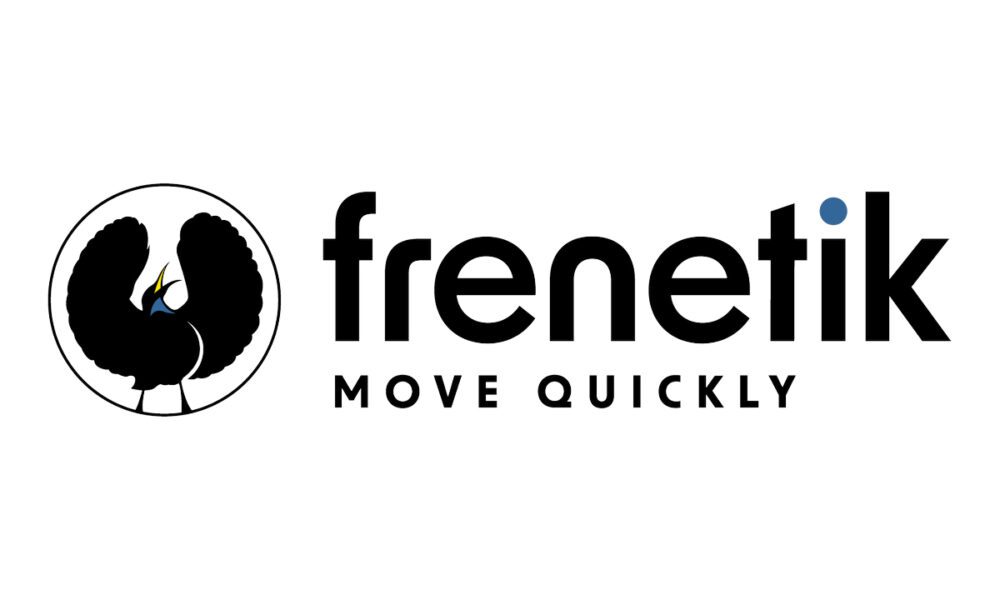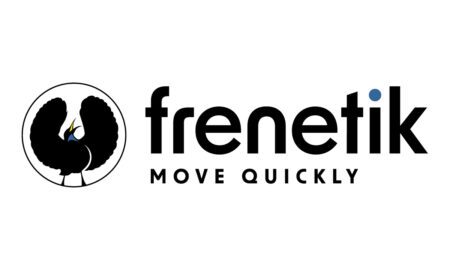For e-commerce business owners, marketers, and agencies, ranking higher on Google means more visibility and sales. A solid strategy combines good content, technical best practices, and even the latest NLP tricks. By working with professional SEO services for e-commerce or top-rated e-commerce SEO experts (or learning the basics yourself), any online store can climb the search results.
In this guide, we’ll cover practical tips like optimizing product descriptions for voice search, tailoring content to user intent, and organizing categories with semantic techniques, all in a clear, down-to-earth style. The advice below will help you boost your site in Google, whether you’re a solo entrepreneur or part of a large global team.
Table Of Content
- Optimize for Voice Search and Natural Queries
- Tailor Content to User Intent
- Use Semantic Product Categorization Techniques
- Improve Site Navigation Using NLP Insights
- Include Structured Data for Product Listings
- Adopt a Mobile-Friendly E-commerce Design
- Optimize Site Architecture and Internal Linking Strategies
- Don’t Overlook Local Aspects
- Consider Expert Help Wisely
- Make SEO a Core Part of Your E-commerce Strategy
Optimize for Voice Search and Natural Queries
Shoppers increasingly use voice assistants and conversational searches (think “Hey Siri…” or “Alexa…”). To catch that traffic, optimize product descriptions for voice search. Write product details in a natural tone that matches how people speak: include long-tail questions and answers (for example, “What size is this running shoe?” or “How do I charge this device?”).
Make sure you answer common voice queries clearly on the page. Also, use markup where possible: add product schema (structured data) so Google can pull price, ratings, or availability into rich results. In practice, this means writing a description that would make sense if read aloud and formatting it so snippets and Google Assistant can easily grab it.
- Use conversational keywords. Include phrases customers might ask out loud. For example, instead of “water-resistant running shoe,” say “water-resistant running shoe for rainy weather.”
- Incorporate FAQs. Add a short FAQ near product details that answers likely spoken questions, boosting chances of featured snippets.
- Keep it concise and focused. Voice search often favors brief answers, so highlight key facts in the first few lines.
By focusing on voice-friendly language in your descriptions, you make your store more Google-ready and user-friendly at the same time.
Tailor Content to User Intent
Different shoppers come with different needs: some want to buy now (transactional), others are just researching (informational). A global e-commerce SEO agency will always emphasize aligning pages with intent, and you should too.
- Segment by intent. Group your pages by type: product pages (buying intent), category pages (browsing/comparison intent), blog or FAQ pages (informational intent). Use different keywords in each.
- Answer the right questions. For blog and informational pages, research what potential buyers ask (e.g., “How to clean leather shoes?” for a shoe retailer). Then create content that addresses those queries.
- Use analytics and search data. Check Google Analytics or Search Console to see what queries bring users to your site. If many people are searching “best winter coats 2025” and landing on your store, consider writing a top-10 guide to such coats.
In short, each piece of content should feel like it “knows” what the shopper is thinking. This builds trust with users and with Google’s algorithms.
Use Semantic Product Categorization Techniques
Instead of generic lists, organize products in a way that matches how people think about them. Semantic categorization means grouping items by common themes or use cases. For example, rather than separate “Men’s Shirts” and “Men’s T-Shirts,” you might have one category, “Men’s Tops,” if many customers use that term.
Or if customers say “phone cases” and “cell phone covers” interchangeably, ensure both terms lead to the same category.
- Analyze search terms. Look at your site’s search box logs or Google Search Console queries. If shoppers often search “summer dresses” versus “summer dress,” adjust your category titles and tags to include those terms.
- Combine similar categories. If two categories share a lot of products or queries, merge them under a broader name that matches the common language.
- Use NLP tools if available. Some platforms offer AI tools to suggest category names or synonyms. Even a simple word cloud of search queries can reveal new themes.
This semantic approach means your site navigation mirrors the language and intent of real shoppers. It also feeds into structured navigation and schema (like breadcrumb markup) that Google can better understand. When categories make sense semantically, users find things faster, and Google indexes your catalog more accurately.
Improve Site Navigation Using NLP Insights
E-commerce sites often lose customers when the menus and search are confusing. By improving site navigation using NLP insights, you can make the journey smoother. This could mean renaming menu items to match user language, adding autocomplete to search, or reorganizing menus based on what people actually look for.
- Use customer search data. If many visitors type “sneakers” into your search box but your menu only says “athletic shoes,” add a menu item or synonym links for “Sneakers.”
- Add a powerful site search. Enhance your internal search with features like autocomplete or “did you mean?” suggestions. This often uses natural language processing behind the scenes.
- Keep menus shallow and clear. A simple site architecture optimization means users should reach any product in 2–3 clicks. Use multi-column drop-downs or mega menus carefully (so they’re not overwhelming on mobile).
- Use breadcrumb trails. Display breadcrumbs like Home > Electronics > Cameras > DSLR. Breadcrumbs (with structured data) not only help users orient themselves but also show Google your site hierarchy.
Overall, let real user behavior inform your navigation. Regularly review site search analytics and adjust labels or categories. Better navigation means people stick around longer, which Google notices as a quality signal.
Include Structured Data for Product Listings
Search engines love clear signals. Add structured data for product listings on your pages so Google can feature details like price, availability, and review stars directly in results. This “schema markup” doesn’t change the visible page, but it makes the page’s purpose transparent to crawlers.
- Use Product and Review schema. Mark up every product page with the schema.org/Product type. Include name, image, description, price, currency, stock status, and aggregate ratings if you have reviews.
- Test your markup. After adding schema (often via JSON-LD), use Google’s Rich Results Test tool to confirm it’s valid. This step avoids mistakes that could nullify the benefit.
- Add breadcrumbs via schema. As noted, markup your breadcrumb list so Google can show clickable breadcrumbs in SERPs, reinforcing site structure.
- Don’t forget organizational info. If you have a brand or multiple stores, use the Organization or local business schema (with your logo and contact info) to improve brand presence in search.
Having a schema doesn’t guarantee rich snippets, but it can transform a plain link into a rich card in search results. For e-commerce, that extra visual element (like stars or a price tag) can boost clicks and trust.
Adopt a Mobile-Friendly E-commerce Design
More than half of online shopping happens on smartphones today. Google uses mobile-first indexing, meaning it primarily looks at the mobile version of your site. Make sure your e-commerce site is mobile-friendly: responsive, fast, and easy to tap.
- Responsive design: Use a layout that automatically adapts to any screen size. No horizontal scrolling or cut-off elements.
- Fast loading: Compress images, use modern formats (WebP/AVIF), and lazy-load below-the-fold images. Consider a Content Delivery Network (CDN) if you serve global audiences.
- Touch-friendly interfaces: Buttons and links should be big enough to tap. Keep menus and forms simple on mobile.
- Simplify checkout: Mobile users abandon carts easily if forms are clunky. Use auto-fill address, keep steps few, and minimize required fields.
For example, an easy checkout button and clear product images will keep smartphone users engaged. A mobile-friendly e-commerce design not only helps your rankings but also reduces bounce rates and cart abandonment.
Optimize Site Architecture and Internal Linking Strategies
A well-structured site lets both visitors and Google’s crawlers find products easily. Think of your site like a pyramid: wide categories at the top, narrower subcategories below, and product pages at the bottom. This site architecture optimization ensures no product is buried too deeply.
- Logical hierarchy: Arrange categories and subcategories in a clear tree. For example, Home > Electronics > Laptops > Gaming Laptops. Keep important pages within 2–3 clicks of the homepage.
- Flat structure where possible: Don’t create thousands of nested pages without need. Flatter (but organized) structures spread link equity more effectively.
- Internal linking: Within product descriptions or blog posts, link to related products or categories with descriptive anchor text. For example, in a camera blog post, link the term “DSLR camera” to your DSLR category page. These internal linking strategies distribute PageRank and help Google discover more pages.
- Cross-link products: Use widgets like “related products” or “customers also bought.” This keeps users browsing and signals relevance clusters to search engines.
Regularly crawl your own site (or use tools like Google Search Console) to find any broken links or orphan pages. A clean architecture means better SEO and a smoother user journey.
Don’t Overlook Local Aspects
Even if you sell globally online, some local SEO techniques can help. For example, if you have physical warehouses or stores, list them on Google My Business. Include location keywords where relevant (for example, “free shipping in City/Region”). This is often called e-commerce local SEO.
- Local pages or language: If selling in multiple countries, use proper hreflang tags and local domains or subfolders. Also, consider translating or localizing content to each major market.
- Multi-currency options: Show prices in local currencies and use local payment options. This isn’t strictly SEO, but it improves user trust and can reduce bounce rates (indirectly helping SEO).
- Localized content: Write a blog or FAQ section that addresses local events or holidays (e.g., “Holiday sale in India” or “Back to school deals UK”).
A global store that still feels local to each audience wins more searches. Just be careful to keep a consistent core site structure and only add local SEO enhancements as needed for each region.
Consider Expert Help Wisely
Improving Google rankings can be complex, so many companies seek outside help. Whether you hire an e-commerce SEO company, a specialized e-commerce SEO agency, or freelance top-rated e-commerce SEO experts, be sure they focus on stores (not just generic SEO). Good agencies will audit your site comprehensively: technical issues (like crawl errors), on-page content, and even marketing channels.
- Look for proven results. Ask for case studies in your niche or similar markets. A credible SEO partner will show how they helped other e-commerce sites grow traffic and sales.
- Seek full-service expertise. An agency that offers both on-page SEO and content marketing (or even pay-per-click advice) can align your SEO with your overall strategy. If you need it, find someone who can also advise on structured data, local SEO, or other specific areas.
- Maintain control. Even with an agency, stay involved. For example, you know your products best, so work with them on keyword research. Use their insights to update product pages and blogs.
Remember, you don’t have to do it alone, but you should understand the basics so you can evaluate any recommendations. A partnership approach between your team and the SEO service often works best.
Make SEO a Core Part of Your E-commerce Strategy
Improving Google rankings for an e-commerce site takes time and iteration. By following these tips, from optimizing product descriptions for voice search to implementing structured data for product listings, business owners and marketers can steadily climb the rankings.
Whether handled in-house or with the guidance of a professional e-commerce SEO agency or top-rated experts, these actionable steps will drive more traffic and sales over time.
Remember: good SEO is a marathon, not a sprint. Keep measuring, keep updating, and your site will reap the rewards of better visibility worldwide.





























